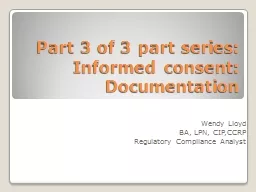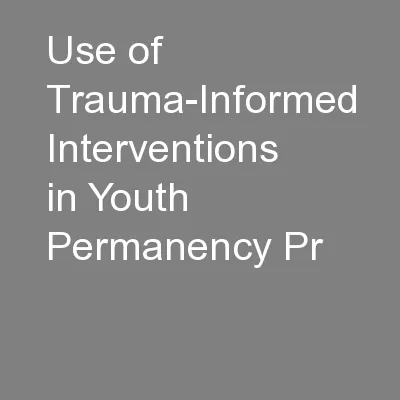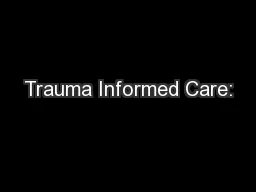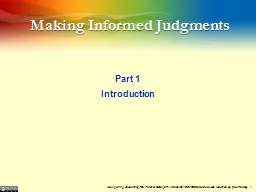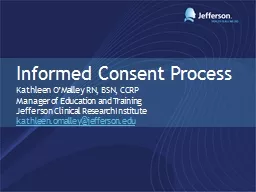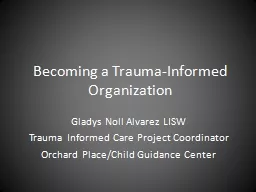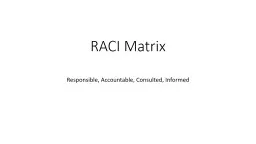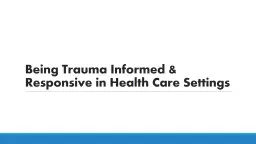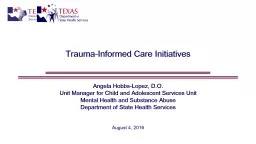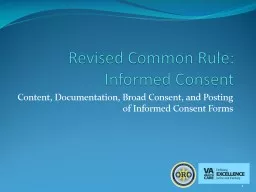PPT-Part 3 of 3 part series: Informed
Author : giovanna-bartolotta | Published Date : 2017-04-02
consent Documentation Wendy Lloyd BA LPN CIPCCRP Regulatory Compliance Analyst Objectives Regulations and IRB Policies Suggestions of what to include in the
Presentation Embed Code
Download Presentation
Download Presentation The PPT/PDF document "Part 3 of 3 part series: Informed" is the property of its rightful owner. Permission is granted to download and print the materials on this website for personal, non-commercial use only, and to display it on your personal computer provided you do not modify the materials and that you retain all copyright notices contained in the materials. By downloading content from our website, you accept the terms of this agreement.
Part 3 of 3 part series: Informed: Transcript
Download Rules Of Document
"Part 3 of 3 part series: Informed"The content belongs to its owner. You may download and print it for personal use, without modification, and keep all copyright notices. By downloading, you agree to these terms.
Related Documents

